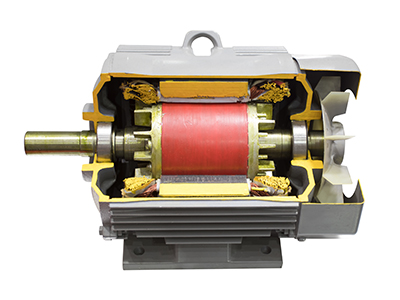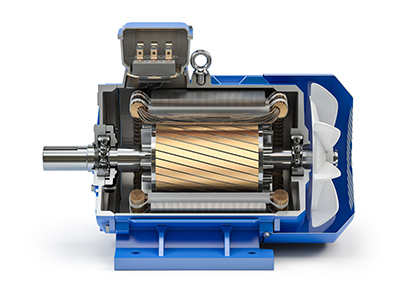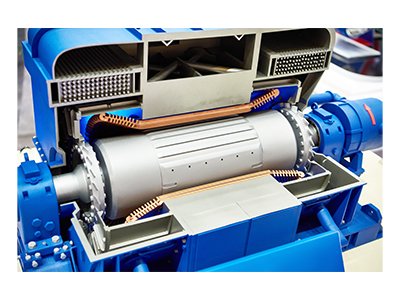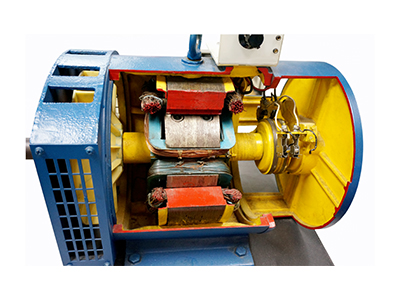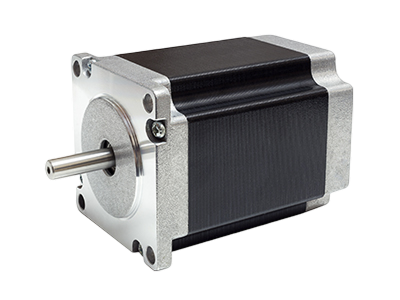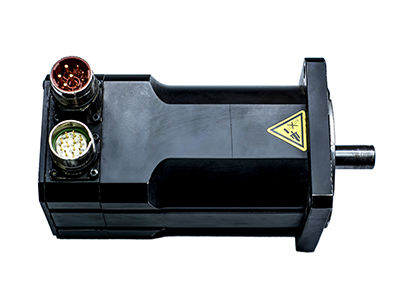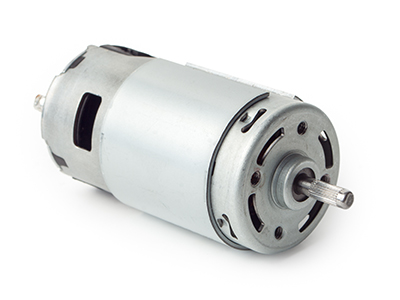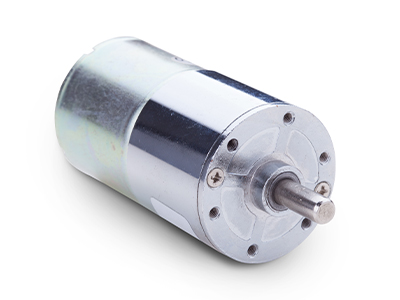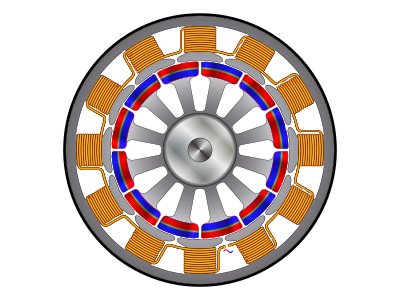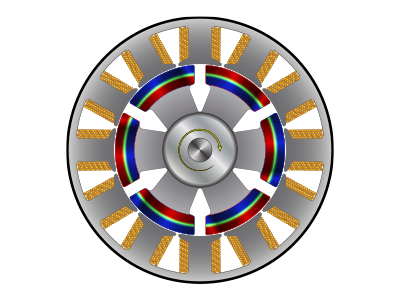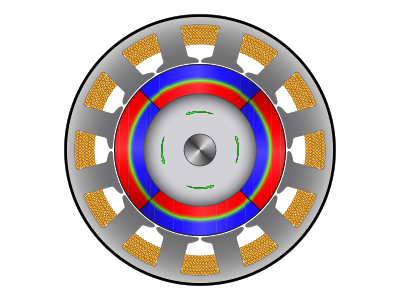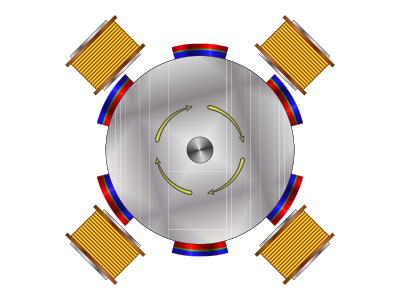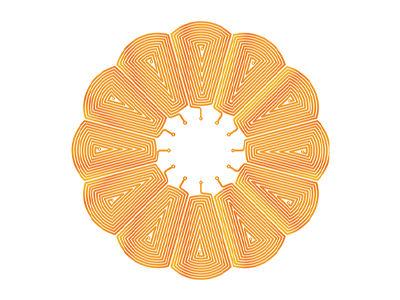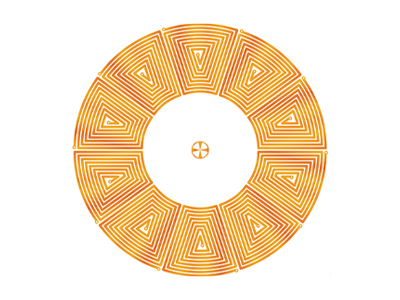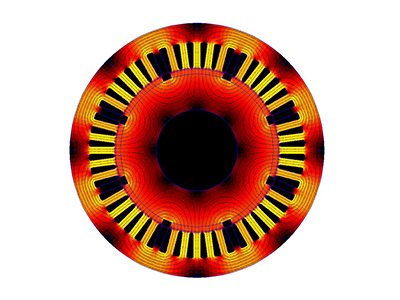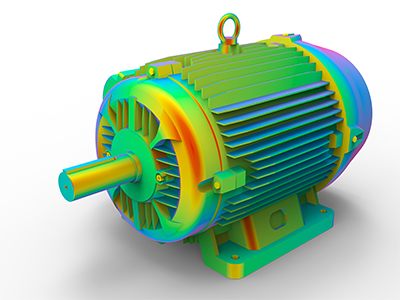System reliability engineering is a vital part of modern industry. It ensures that products, machines, and systems work without failure. It also ensures a stable and safe system performance. For many industries, even a short breakdown can cause loss, risk, or delay. That is why system reliability engineering is a core need.
At DANSOB Engineering Service Solutions, we focus on building trust through reliable systems. Our services in reliability and maintenance engineering help clients across aerospace, defense, energy, medical, automotive, and more. We use proven tools, advanced methods, and expert applications to improve performance and reduce risks.
What is System Reliability Engineering?
System reliability engineering is the study and practice of engendering strong and dependable systems. It looks at the life of a product, from design to use. It finds potential weak points in design solutions and engenders ways to mitigate failures.
Why Reliability Matters?
This area does not only check if a system works. It also checks how long it can work, how safe it is, and how it can be repaired. At DANSOB, we ensure that systems are not just working, but working at their best.
Reliability is the foundation of trust in any system. A reliable system saves cost, prevents risk, and increases user confidence. In aerospace, it ensures the safety of lives. In defense, it keeps mission success secure. In the automotive and medical industries, it reduces errors and supports safety.
Without reliability and maintenance engineering, even the most advanced design may fail. That is why many global industries depend on partners like DANSOB for complete support.
Tools in System Reliability Engineering
At DANSOB, we apply advanced tools that test, track, and improve system strength. Some of these tools include:
1. Failure Modes and Effects Analysis (FMEA)
FMEA studies each part of a system to find how it may fail. It also checks the effect of each failure. This tool helps us design solutions early, before issues grow.
2. Reliability Block Diagram (RBD)
An RBD is a visual map of system reliability. It shows how parts connect and how failure in one part can affect the whole. This tool is vital for complex systems.
3. Fault Tree Analysis (FTA)
FTA looks at the root cause of failure. It builds a tree diagram to show cause and effect. This tool is useful in aerospace and defense, where safety is top priority.
4. Root Cause Analysis (RCA)
RCA helps in finding the main reason for failure. By removing the root cause, we ensure that the problem does not return.
5. Reliability Prediction Software
Modern software tools give an accurate prediction of the life cycle, failure rate, and performance. These tools help us make data-driven decisions.
Methods of Reliability Engineering
Along with tools, methods are used to plan and improve system performance. DANSOB experts use several methods:
1. Preventive Maintenance
This method checks and fixes systems before they fail. It is a cost-saving way to avoid breakdown.
2. Condition-Based Maintenance
Here, systems are tracked in real time. Data from sensors helps us know when parts need service.
3. Reliability Testing
Systems go through stress tests, temperature tests, and vibration tests. These tests confirms the design’s reliability and durability.
4. Maintainability Analysis
This method ensures that if a system fails, it can be repaired quickly and safely.
5. Life Cycle Cost Analysis
This method studies the cost of a system over its full life. It helps clients plan smart investments.
Applications of System Reliability Engineering
Different industrial domains show the value of system reliability engineering in varying ways.
- Aerospace and Space: Guarantees the long-term safety and functionality of aircraft and spacecraft.
- Defence: Guarantees the availability of tools and equipment that are vital for the mission.
- Automotive: Enhances the safety, durability, and customer confidence in vehicles.
- Medical Devices: Mitigates the risk associated with the medical device and ensures patient safety.
- Energy and Utilities: Ensures the stability and efficiency of power plants, turbines, and grid systems.
- Semiconductors: Guarantee the quality and efficiency of micro devices.
- Petroleum: Ensures the safe and efficient drilling and refining processes.
- Air Mobility and Rolling Stock: Ensures transport systems meet global safety standards.
DANSOB’s expert team supports each industry with tailored solutions. Our aim is always to reduce downtime, extend life, and deliver safe systems.
Why Choose DANSOB?
DANSOB is built on knowledge, skill, and dedication. We bring together subject matter experts who understand each industry. Our solutions are not standard; they are custom-built for every client.
We believe in a simple promise: stronger systems, safer operations, and smarter costs. With our reliability and maintenance engineering services, clients gain long-term value.
FAQs on System Reliability Engineering
1. What is system reliability engineering?
It is the field that studies how to make systems dependable, safe, and long-lasting.
2. How does DANSOB provide reliability support?
We utilize tools like FMEA, RCA, and RBD, and methods like preventive maintenance and testing.
3. Why do industries need reliability engineering?
Industries need it to reduce downtime, avoid risks, and save costs.
4. Can DANSOB work with any industry?
Yes, we serve aerospace, defense, automotive, medical, energy, petroleum, and more.
5. How does reliability reduce cost?
By preventing failure, downtime, and unplanned repairs, it cuts loss and saves money.
Conclusion
System reliability engineering is not just a service. It is a shield that protects systems, people, and investments. At DANSOB, we ensure that reliability is part of every design, every test, and every solution. Our expertise in system reliability engineering and reliability and maintenance engineering gives our clients a strong base for success.
If you are looking for a partner who delivers safe, strong, and smart solutions, DANSOB is here to serve. Together, we can build systems that last, systems that perform, and systems that inspire trust.

